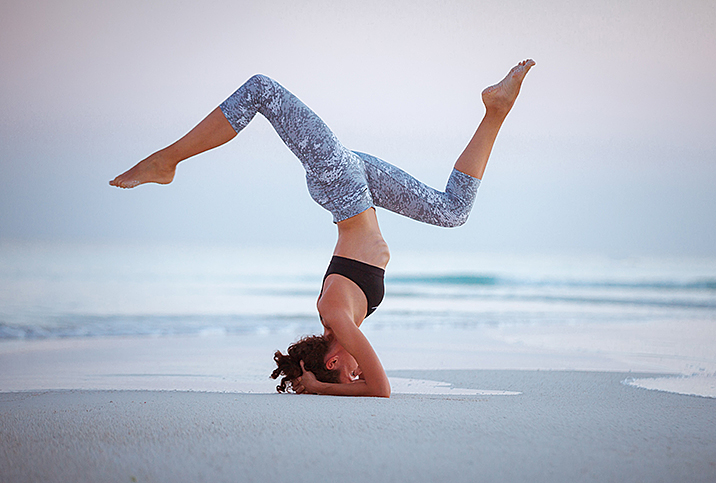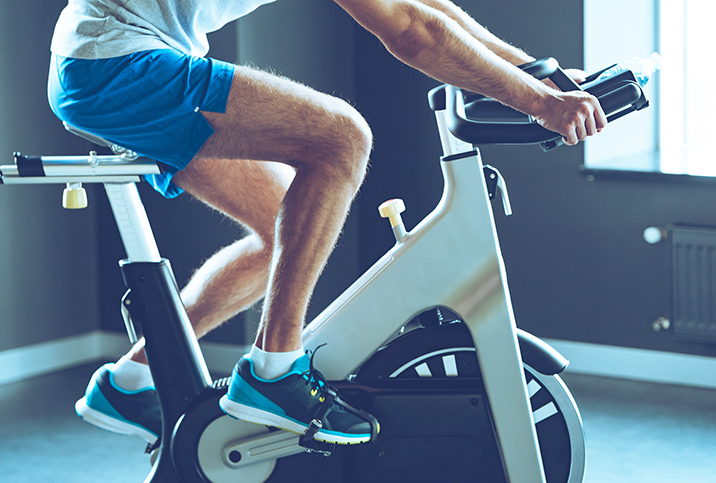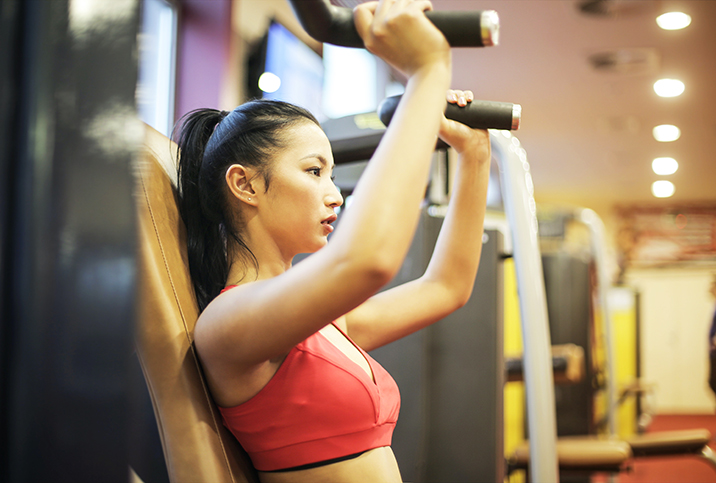Understanding the Science of Balance

When you think "fitness," the initial buzzwords that come to mind may include ones like strength, endurance, speed and abs. However, balance is crucial for everyone, from elite athletes to kids and their grandparents. Understanding the science of balance and learning tips from experts can empower you with simple strategies that'll help you balance better every day.
Avoiding the fall
How important is balance to maintaining physical fitness as we get older? Personal trainer and certified aerobics instructor Nancy Pandolfo explains.
"People are living longer, so feeling well as they age is important," Pandolfo said. "We've learned that stretching and yoga can really help with issues like arthritis pain and bursitis. Also, as people get older, using weights and using your body weight is essential."
Pandolfo said a major motivator to practice balance as the years go on is preventing painful accidents that often rob older adults of their independence prematurely. It's been estimated there are more than 60 falls per minute in the U.S., and according to the Centers for Disease Control and Prevention (CDC), falls are the leading cause of injury and injury-related death for adults over age 65.
Engaging our muscles through balance exercises offers multiple levels of protection against falls. As Pandolfo said, "Anytime we strengthen our muscles, we strengthen our bones."
Better balance can help minimize falls, and resistance exercise creates a strong foundation against fractures if a fall occurs. Part of balance work should also include learning techniques to stay safe wherever you are.
"I actually teach the seniors how to fall," Pandolfo said. "If you slip on black ice, you just want to ride the wave, squeezing your legs and core to slide and stop while you remain standing rather than falling on your back. Practicing balance keeps so many people from falling and breaking a hip. In addition, balance work helps prevent the aches and pains associated with aging."
Finding and correcting your weaknesses
The International Sports Sciences Association (ISSA) notes we all possess natural imbalances caused by daily movements. For example, most people have more muscular biceps than triceps. In addition, the muscles required to walk forward are typically better developed than the ones needed to walk backward. Since our bodies adapt based on how we use them, it's not surprising to find these commonalities, especially among people who are new to exercise.
For example, Pandolfo noted, "Most people learn right away that balance is favored on one side of their body, usually on the right side since most people are right-handed."
Pinpointing these imbalances helps trainers identify where to focus a client's efforts.
"I start by doing different practice skills, including closing your eyes, which takes your focal point away. Automatically, your body wants to sway to one side. We'll do things like standing with a chair or wall nearby, so you have safety features to use. Simple things, like balancing on your left leg with the chair on your left side and lifting your right leg in different directions. We can add weights to the arms to improve balance with movement."
Muscular balance vs. postural control
In addition to strengthening seldom-used muscles to create more balanced strength throughout the body (correcting muscular imbalances), ACE-certified trainer and fitness writer Malia Frey emphasizes the importance of functional training to improve balance or postural control. This type of balance refers to the ability to maintain your center of gravity. It is essential for athletic movements—such as throwing a ball, jumping up and down or running—and daily movements, too.
"Balance can be static (still) or dynamic (moving), and involves training several modalities to improve coordination, proprioception (sense of body position), joint stability and neuromuscular control," Frey said.
Frey uses the example of a basic squat, with proper alignment, adding an alteration toward the end.
"You might start by doing a basic squat, focusing on engaging the core so, at the end of the exercise, your shoulders align over the hips, knees and ankles," she said. "Then add a challenge: Lower your body into a squat position, and as you return to a standing position, lift the left leg in front of your body, so you have to balance on one leg."
She recommends holding the modified position for five seconds before switching sides. These kinds of challenges are imperative when incrementally increasing balance.
What it takes to boost your balance
Balance moves are low-impact enough to do daily, and Pandolfo suggests you do them no fewer than two to three times per week.
"The more you do it, the quicker you'll get your balance back, and you have to keep practicing it," Pandolfo said. "Balance is mostly about the core and the stable leg that you're balancing on. For instance, we don't realize how much we use our core when balancing on one leg. You want to squeeze it tight like you're making a fist. Keeping your abs sucked in protects your back."
Pandolfo encourages clients who want to avoid high-impact workouts to try a step aerobics class or water aerobics. She believes finding something you enjoy and keeping up with it is the key to success when it comes to staying fit.
Always talk to your doctor first when considering incorporating new exercises into your routine.


















